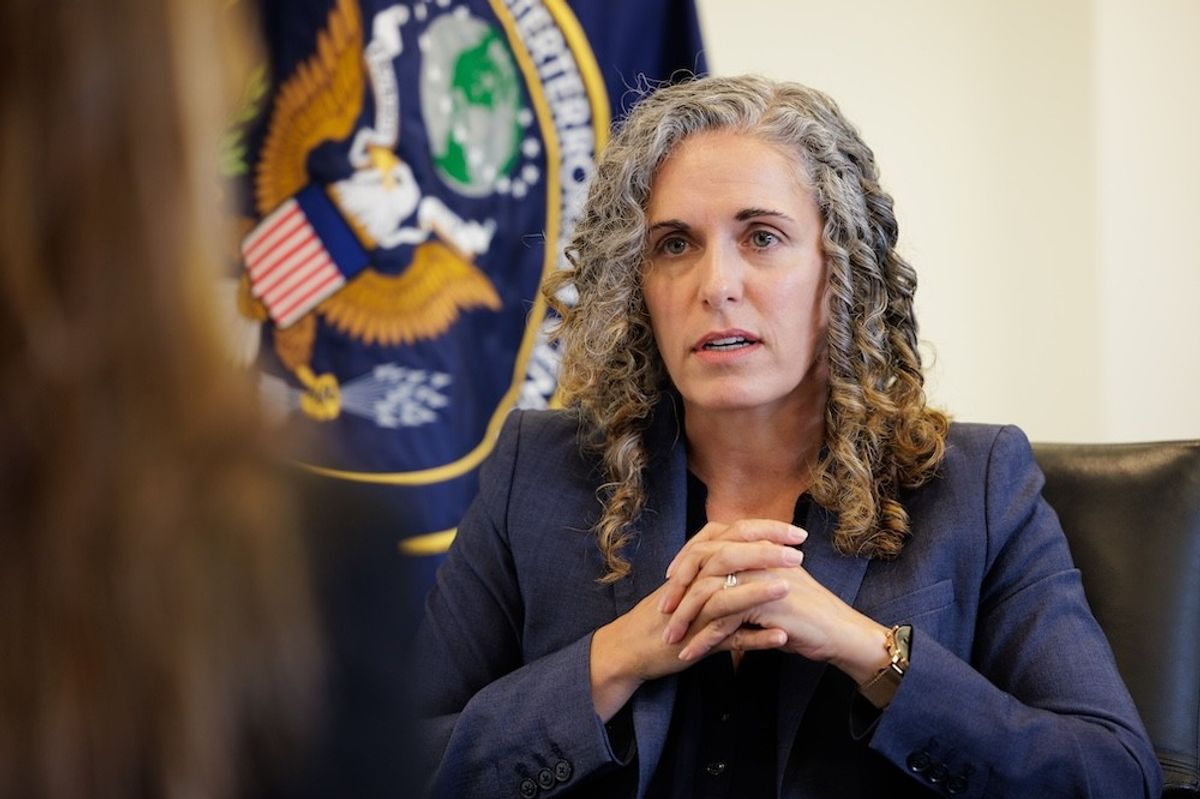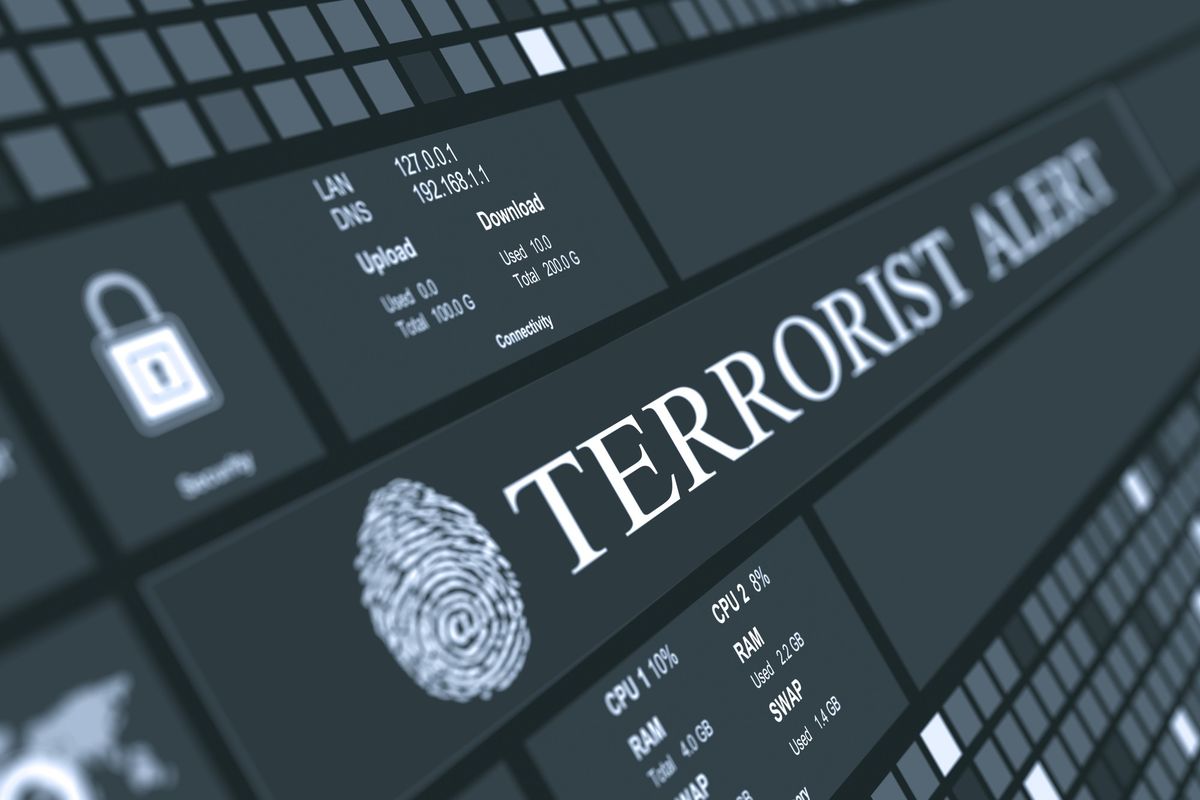Though January will see a major transition in American power, the global threat of terrorism will remain. As the Obama Administration enters its final weeks in office and Washington prepares for a changing of the guard, there is much uncertainty about how the incoming administration will approach counterterrorism.
How can the U.S. more effectively counter ISIS' message and propaganda? What will happen to all the foreign fighters ISIS recruited once the group is beaten out of Mosul and eventually Raqqa? How can the U.S. help ensure that terrorists don't return after they are pushed out of an area or city such as Mosul?
While an enduring part of President Obama's counterterrorism legacy has been the elimination of top terrorist targets, including Osama bin Laden, and working with partners on the ground to combat terrorist threats, these open-ended questions indicate just how much is left to be done.
Targeting Terrorist Leaders
The Obama Administration has “been highly successful” at removing top terrorist leaders from the battlefield, explains John McLaughlin, Cipher Brief expert and former Acting Director of the CIA.
“The drone program in particular has been highly effective at destroying layers of leadership in al Qaeda, and, to a degree, in ISIS,” says McLaughlin. “So much so that al Qaeda – with some exceptions like its Yemen branch and the group that survives in Syria – has been disrupted and thinned to the point where their bench of replacement leaders is now quite spare.”
According to Patrick Skinner, Cipher Brief expert and Director of Special Projects for The Soufan Group, the U.S. has “done well in the traditional way – decapitation strikes and eliminating the eternal al Qaeda ‘number three.’”
“It used to be a joke - from 2002-2008 that was the most dangerous job – and it is still dangerous to be a senior leader of any of these groups,” says Skinner.
Terrorist Proliferation
However, while U.S. drone strikes have taken out many senior al Qaeda and ISIS leaders, a key shortcoming under President Obama has been an inability to prevent al Qaeda and ISIS from expanding geographically. Part of the reason for this phenomenon stems from a failure by both the U.S. and the international community at-large to resolve many ongoing conflicts, such as civil wars in Libya, Syria, Yemen, wherein terrorist groups have been able to carve out footholds in ungoverned spaces.
“In the period roughly between 2011 and today, vast spaces in the Arab world became available as safe havens for terrorists to plot, plan, and train,” says McLaughlin.
Furthermore, terrorist groups have also been able to sustain themselves in countries such as Somalia, Iraq, and Afghanistan, which are directed by weak central governments and face longstanding religious and ethnic divides that have hampered the development of inclusive and effective governing bodies. Resolving these issues requires much more than a change in leadership personnel or governing model; any last solution will have to address the deeper divides that have plagued the region for decades, or even centuries.
A Failed Counter-Narrative
The United States – and the West generally – has been unable to counter the ideological narratives put forth by ISIS and al Qaeda or prevent their propaganda from reaching wider target audiences around the globe. Although improvement in this realm is critical, how the U.S. can advance its mission remains unclear.
“It’s obvious - and this is not just the Obama Administration - that every government on the planet has a problem countering the extremist narrative,” says Skinner. “I wish that the Obama Administration had done at a better job, but, to be honest, I don’t know what that is. I don’t think anyone does yet. There are a lot of people trying to figure that out right now,” he explains.
Increased cooperation between the public and private sector on the counter-messaging front is an important step that could enhance the effectiveness of this endeavor.
“Certainly, we need to consider how we can counter ISIS’ propaganda and there’s more work to do,” explains Matt Olsen, Cipher Brief expert and former Director of the National Counterterrorism Center. “This is going to require the U.S. government working in partnership with the private sector, including civil society groups and our technology community, to develop innovative ways to develop and hone the message so that it resonates.”
A Problem with Few Solutions
While the Obama Administration has had its share of successes and failures, terrorism will continue to threaten U.S. and global security for years to come.
During the presidential debates last fall, President-elect Trump took a strong counterterrorism stance, emphasizing his intentions to destroy ISIS and withhold announcements prior to conducting military operations. Nonetheless, once the President-elect actually sits in the Oval Office, Skinner expects to see a continuation of many of President Obama’s counterterrorism policies.
“Once the Trump Administration gets into office the rhetoric will fade into reality and they will realize that there are limited options,” says Skinner. “There is no magic plan. That doesn’t exist.”
“It will be more of the same,” predicts Skinner. “There might be slightly different rhetoric or messaging, but I don’t think we are going to see a fundamental shift.”
Bennett Seftel is deputy director of editorial at The Cipher Brief. Follow him on Twitter @BennettSeftel.












